
Few places on Earth are truly untouchable, yet some remain sealed off due to ancient traditions or unavoidable conditions. These locations ignite endless fascination, leading to the creation of many conspiracy theories around them. Safeguarded by law or legend, their restrictions are unbreachable. What keeps them so off-limits? Let’s explore the world’s most restricted sites, backed by verified sources.
North Sentinel Island
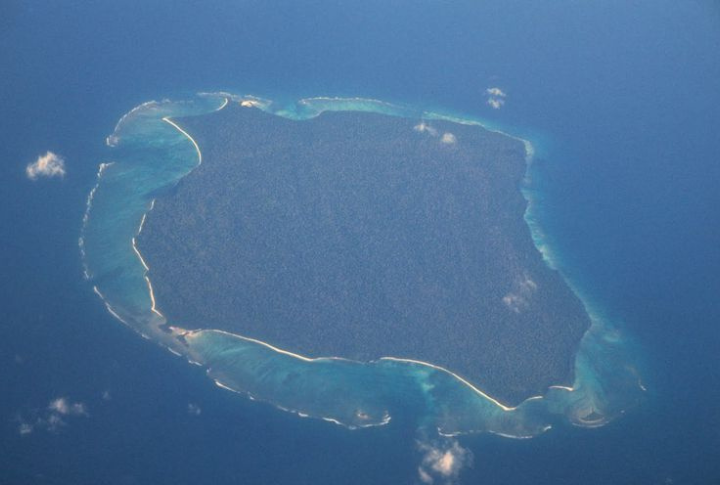
Arrows rain down on anyone who dares approach North Sentinel Island. It is speculated that the Sentinelese have survived in isolation for tens of thousands of years, aggressively rejecting all outside contact. In 2018, an intruder met a fatal end attempting entry. Indian Navy Patrols and legal restrictions ensure that no one disturbs this ancient society.
Area 51

A desert base so secretive that its very existence was classified until 2013. Area 51 is a testing ground for state-of-the-art military aircraft, but speculation runs deeper. With motion sensors, armed patrols, and no-fly zones, stepping too close risks federal action. The Guardian reported in 2013 that the CIA declassified proof of its use.
Poveglia Island
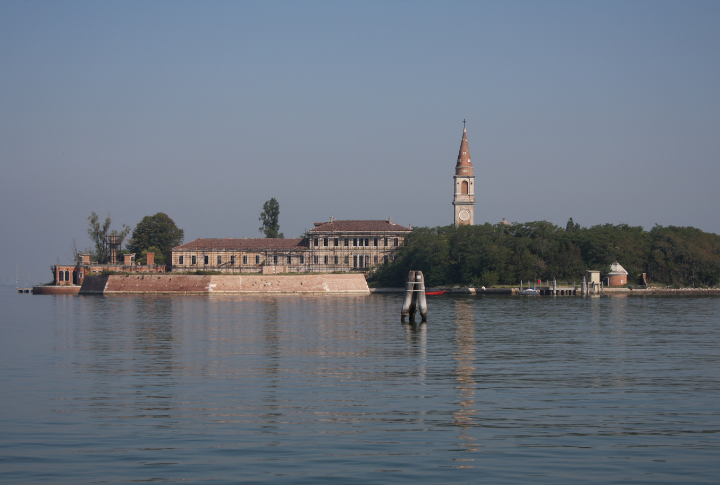
If walls could talk, what horrors would they reveal? History haunts the shores of Poveglia. A quarantine station during the plague and later a mental asylum, it earned a reputation for misery and death. Today, the crumbling buildings are deemed unsafe by the Italian government, left to decay—only to live on in the eerie tales of paranormal enthusiasts.
Lascaux Caves

Discovered in 1940, the Lascaux Caves house some of the world’s most breathtaking prehistoric paintings. The vibrant depictions of animals date back over 17,000 years. To prevent irreparable damage, authorities sealed off the original caves in 1963, with only a replica available to visitors. UNESCO has recognized the site’s protected status.
Snake Island
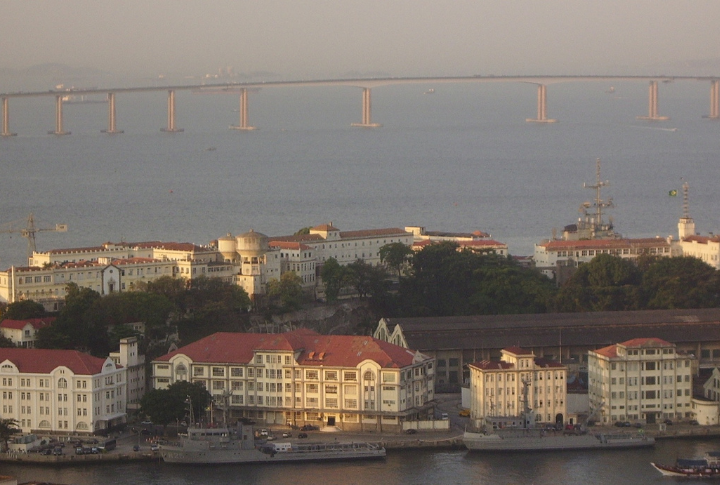
The Snake Island is off-limits because it is lethal. Home to thousands of golden lancehead vipers, a single bite from these snakes can cause rapid tissue destruction. Brazil’s government bars civilians from setting foot here, with only researchers permitted under military escort. Imagine being stranded here—would there be any way out?
Vatican Archives
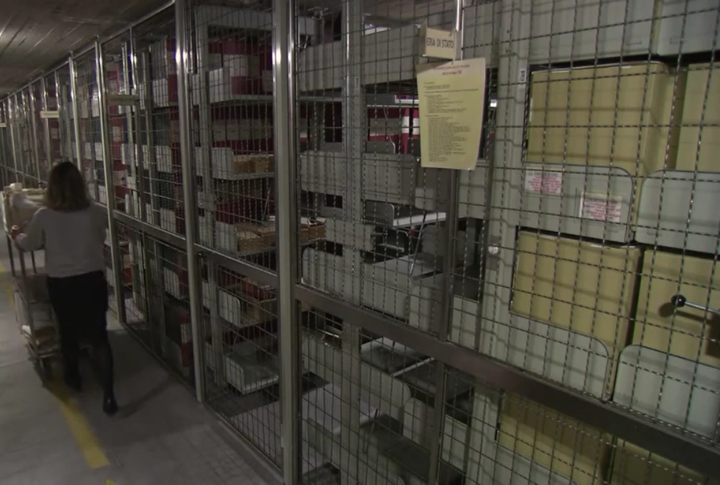
Beneath Vatican City lies an archive brimming with centuries of papal secrets and historical records. Access to these documents is tightly controlled, with only a select few scholars granted permission to explore its hidden contents. This restricted access fuels curiosity about forbidden texts and untold history, with the Vatican Apostolic Archive confirming its tight security.
Svalbard Seed Vault
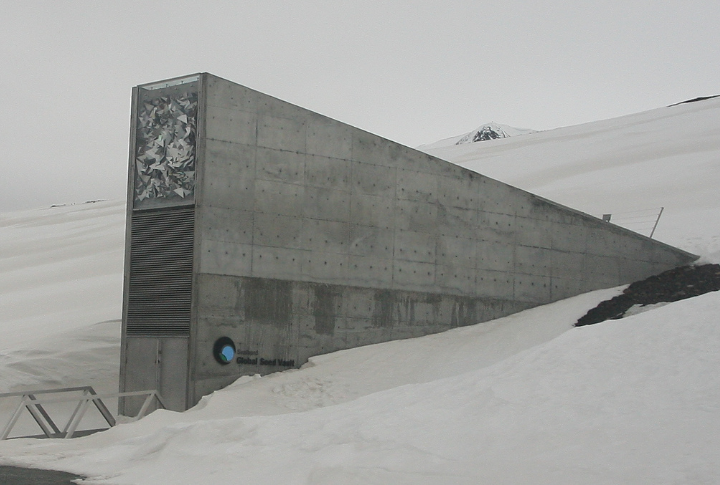
Buried in an Arctic mountain, this vault is humanity’s insurance policy against agricultural disasters. Housing over a million seed samples, it’s designed to endure nuclear war, rising seas, and climate catastrophes. What if this vault is our last hope one day? Only authorized researchers can enter to safeguard the future of global food security.
Heard Island
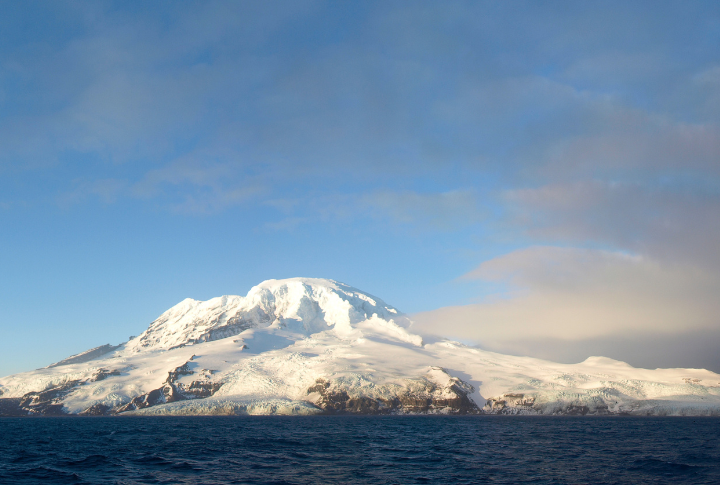
A place where humans do not belong. Heard Island, an Australian territory, remains untouched by civilization due to being home to one of the two active volcanoes in Australia. Strict regulations are in place to protect its delicate ecosystem from any outside contamination, allowing nature to flourish without human disruption.
Mezhgorye
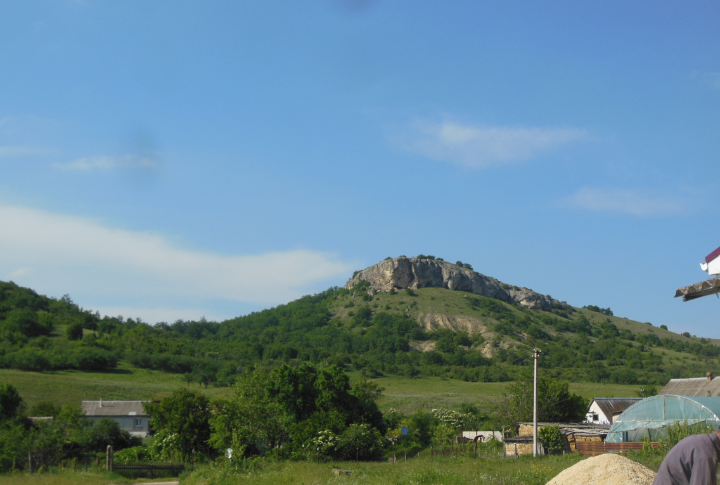
Hidden deep in the Ural Mountains, Mezhgorye is believed to house classified military projects. Satellite images hint at underground facilities, but its true purpose remains unknown. Anyone attempting to enter faces a swift military response, and only a handful of open-source reports offer hints at what goes on inside.
Qin Shi Huang’s Tomb
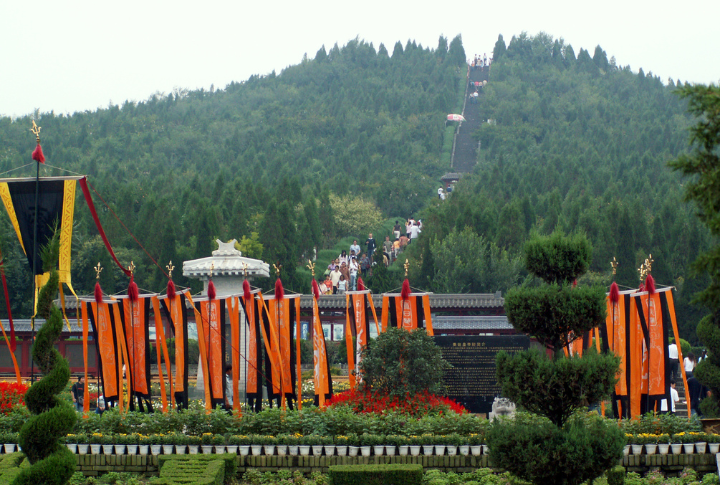
The grand tomb of the first emperor of China, discovered in 1974, remains largely unexcavated due to high mercury levels and the risk of damaging irreplaceable artifacts. Ancient texts describe rivers of liquid mercury within, a theory modern scans support. What lies beneath the surface of this lost empire?
